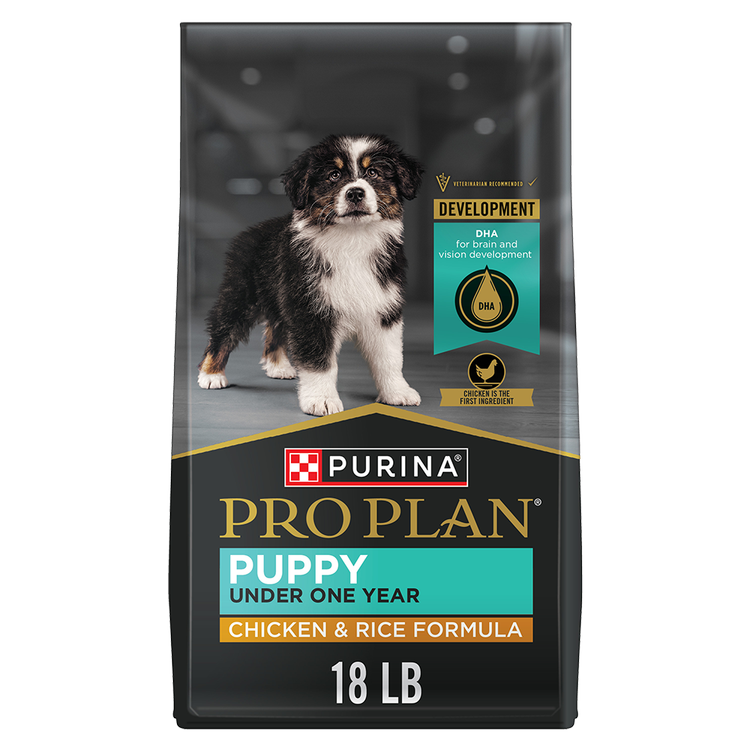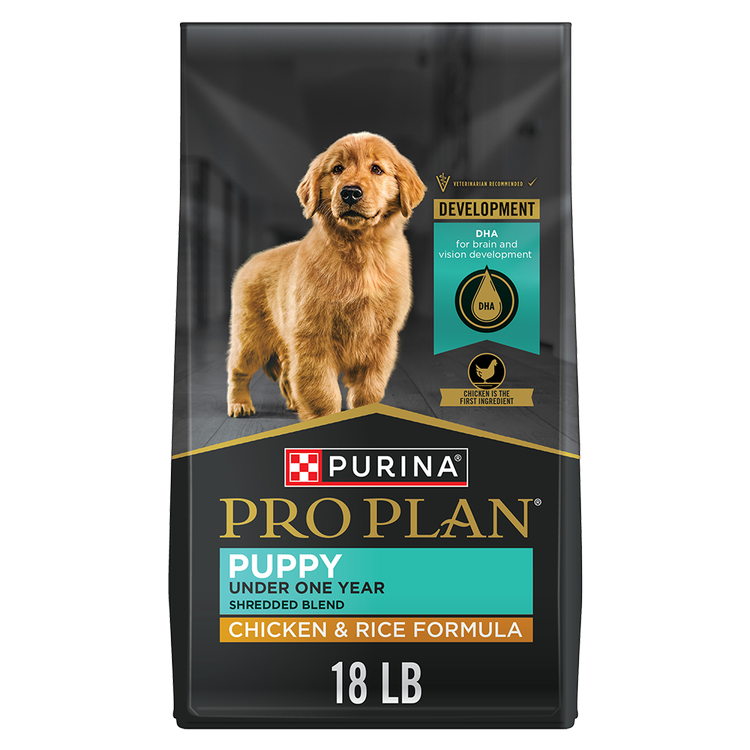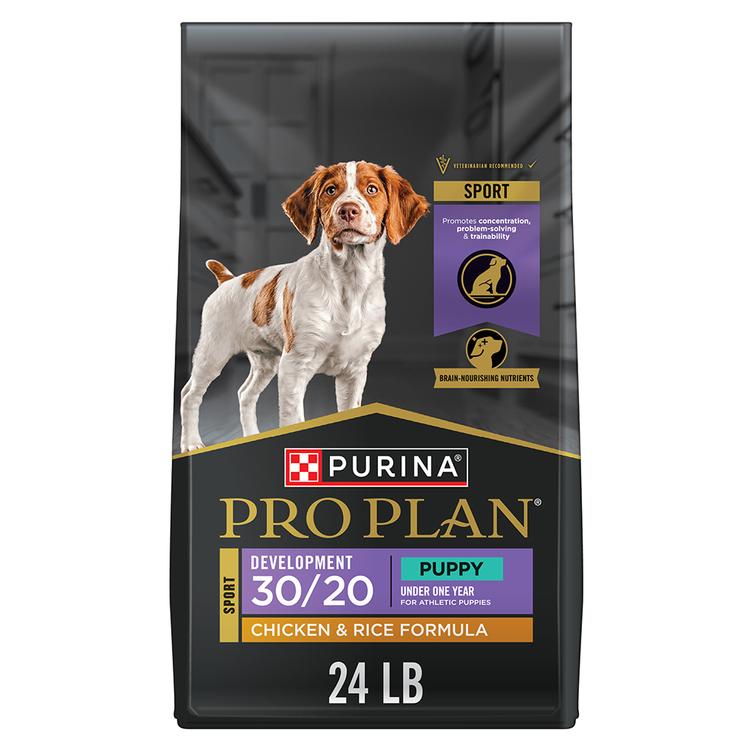Chesapeake Bay Retriever

- Size:Large
- Height:Males – 23 to 26 inches, Females – 21 to 24 inches
- Weight:Males – 65 to 80 pounds, Females – 55 to 70 pounds
- Coat:Short
- Color:Brown, sedge or deadgrass
- Energy:High
- Activities:Hunting, Field Trials, Obedience, Tracking, Schutzhund, Conformation
The Chesapeake Bay Retriever is an all-American retriever breed with a waterproof coat and never-quit determination, even when retrieving in icy waters.
Temperament
A loyal, sensitive and affectionate family dog, the Chesapeake Bay Retriever has a cheerful personality that makes him particularly good with children. His tireless and determined spirit makes him a top-notch hunting companion and watchdog, but he can be more aggressive than other retrievers.
Chessies need vigorous daily exercise to stay fit.
Characteristics
Chesapeake Bay Retrievers are built to be sporting dogs. From their strong, athletic bodies to their waterproof wavy coats, this breed is beloved by hunters for its eagerness to dive in and retrieve game, no matter what the conditions.
Chessies are trainable, but they can have an independent streak.
Lifespan
10 to 13 years
Colors
The Chesapeake Bay Retriever’s solid color coat can range from varying shades of brown to varying shades of tan.
Shedding
The Chesapeake Bay Retriever does shed, but his double coat requires little care. A weekly brushing will help minimize shedding.
Health
Chesapeake Bay Retrievers are generally healthy, hardy dogs. Reputable breeders test for health issues such as hip dysplasia.
Best Dog Food for Chesapeake Bay Retriever Dogs & Puppies
Chesapeake Bay Retrievers may benefit from a dog food for active dogs. For Chessies who need help with weight management, consider a healthy weight formula.
Chesapeake Bay Retriever puppies should eat a quality puppy food for their first year of life to aid in their growth and development.
History
Made in America, the Chesapeake Bay Retriever was developed in the 1900s by wealthy owners of duck clubs along the Chesapeake Bay. Their goal was to create a gundog capable of retrieving ducks and geese in the often-freezing waters of the bay, which is visited each winter by a third of the migratory waterfowl on the East Coast.
A blend of breeds including the Newfoundland, Irish Water Spaniel and various hounds, the Chesapeake Bay Retriever is a breed adapted and optimized to be the ultimate cold-water retrieving dog. From the oily, waterproof double coat that insulates him in frigid temperatures to the powerful hind legs and webbed feet that propel him repeatedly through icy waters, the Chessie is built to retrieve tirelessly in the most challenging conditions.
There have been reports of Chessies capable of retrieving 300 ducks in a single day. Whether true or exaggerated, the image of this breed as the never-tiring retriever remains.
Not all Chessies become hunting companions. They are also wonderful therapy dogs, and their keen sense of smell makes them invaluable as search-and-rescue dogs and bomb detection dogs.
This athletic breed also excels in an array of dog sports, as well as in the show ring. The Chesapeake Bay Retriever was recognized by the American Kennel Club (AKC) in 1884.
Facts
- The Chesapeake Bay Retriever originated from two Newfoundlands, Sailor and Canton, who were rescued from a shipwreck off the coast of Maryland in 1807.
- The various brown and tan colors of the Chesapeake Bay Retriever’s coat serve as natural camouflage in hunting environments.
- The Chessie’s double coat works much like a duck’s feathers, holding natural oil that repels water.


